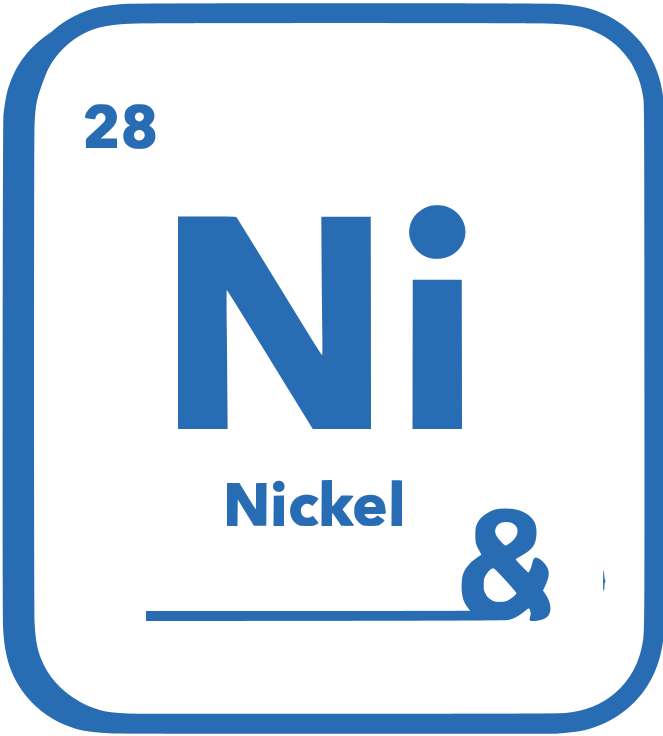Heavy Metal Contamination and the Rise of Antibiotic Resistance
Heavy metal pollution accelerates antibiotic resistance by promoting co-selection mechanisms in bacteria. Environmental, agricultural, and clinical studies reveal that metals like nickel, zinc, and copper intensify multidrug resistance through efflux pumps, gene transfer, and stress adaptation—posing a major One Health challenge to global antimicrobial stewardship.


